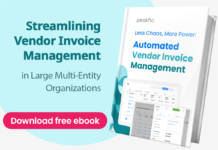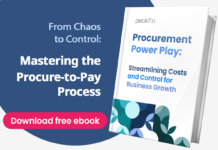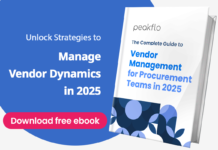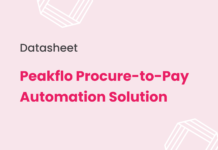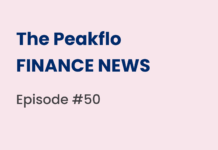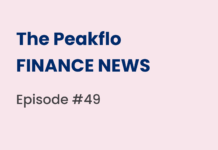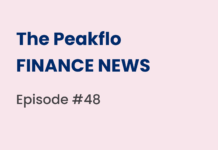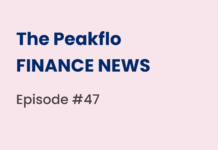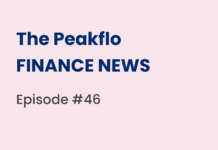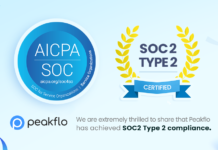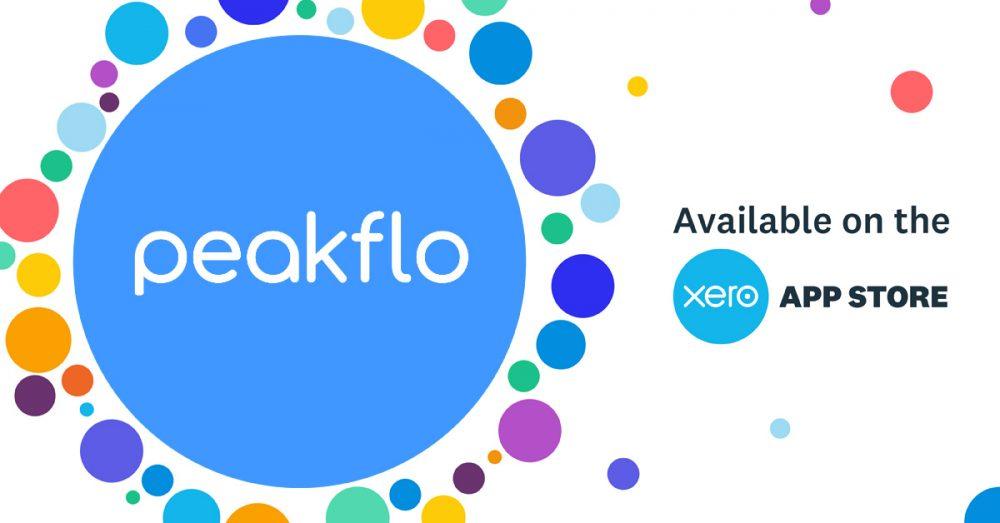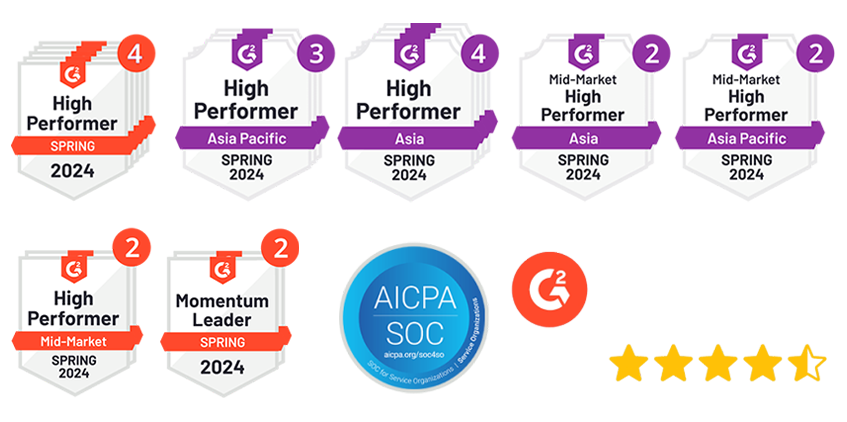Every business, big or small, needs an intelligent plan for buying what it needs to run smoothly. This plan is called a procurement strategy. Without it, a business might spend too much, run out of essential supplies, or miss chances to grow.
A good procurement strategy helps a business manage its spending, save money, and keep strong relationships with suppliers. It’s not just about buying things; it’s about making smart choices that help the business succeed.
In this guide, you’ll learn the basics of creating a suitable procurement strategy, what it is, why it’s essential, and how to make one for a business. By the end, you’ll see how a smart buying plan can improve and succeed a business.
What is Procurement Strategy?
A procurement strategy is a plan that helps a business make intelligent decisions about what to buy. Think of it like a roadmap that guides the company to buy the right things to meet its goals.
Here’s how a procurement strategy helps:
- Identifying Needs: It helps the business figure out what it actually needs and where to find those items or services.
- Setting Clear Goals: It sets goals based on what’s essential for the company, like saving money, reducing risks, and building solid relationships with suppliers.
- Improving Efficiency: It makes the buying process faster, better, and less costly.
With a strong procurement strategy, a business can save money and operate more smoothly. They can plan to help the company grow and succeed over time.
What are the Types of Procurement Strategies?
Different businesses have different ways of buying what they need, depending on their goals. Here are some common strategies:
- Cost Reduction Strategy: Focuses on getting better prices from suppliers to save money.
- Sustainability Strategy: Chooses suppliers who use eco-friendly practices, helping the business meet environmental goals.
- Vendor Diversity Strategy: Works with a variety of suppliers to bring in new ideas and reduce risks.
Why Vendor Diversity Matters
Having a variety of suppliers brings various benefits:
- Innovation: Different suppliers bring new ideas, leading to new products and services.
- Risk Reduction: Relying on many suppliers means the business isn’t dependent on just a few, lowering the risk of supply issues.
- Market Reach: Working with a diverse set of suppliers can help a business reach different types of customers, making it more competitive.
- Risk Management Strategy: Prepares for problems, like price changes, by working with multiple suppliers to stay flexible.
Each strategy helps businesses buy in a way that matches their specific goals.
Why Do Businesses Need a Strong Procurement Strategy?
Businesses need a good plan for buying what they need. Here are four significant benefits of having a suitable procurement strategy:
1. Save Money and Work Smarter
It helps businesses save money and work more efficiently. Here’s how:
- Cut Costs: Smart buying means finding the best deals. For example, buying more from a few reliable suppliers can lead to discounts.
- Streamline Work: Good buying practices help reduce redundancy and speed up work. Automating routine tasks gives teams more time to focus on bigger projects, making them more productive.
- Increase Profits: Lowering costs means higher profits. This extra money can be reinvested or used to lower prices, helping the business stay competitive.
2. Innovation and Stronger Supplier Relationships
It helps businesses innovate and build better relationships with suppliers.
- Supplier Innovation: Working closely with suppliers can lead to new products and better processes.
- Long-Term Partnerships: Building trust and shared goals with suppliers strengthens the supply chain and makes it more reliable.
- Better Quality: Innovative suppliers can improve product quality, keeping customers happy and loyal, which helps the company grow.
3. Manage Risks and Stay Flexible
It helps companies handle risks and stay flexible when things change.
- Identify Risks: Recognizing potential problems, like unreliable suppliers, helps businesses prepare and avoid issues.
- Stay Flexible: A smart buying strategy lets businesses quickly adjust to changes in the market, even during tough times.
4. Sustainable Practices
Choosing sustainable suppliers helps both the environment and the business.
- Eco-Friendly Choices: Picking suppliers who care about the environment reduces waste and pollution.
- Strong Reputation: Being environmentally responsible builds a good reputation and trust, leading to loyal customers and more sales.
Steps to Create an Efficient Procurement Strategy
Building a solid procurement strategy takes careful planning. Here’s a guide to get started:
1. Set a Clear Goal
First, decide what you want your procurement plan to achieve. This could be saving money, improving product quality, or staying organized.
- Define Objectives: Set goals to cut spending, improve quality, and follow all necessary rules.
- Align Strategy with the Organization’s Goals: Make sure your procurement goals fit with what the whole company is trying to achieve. This means understanding the bigger picture of what the company wants to do and ensuring your plans help reach those goals. Some of the considerations include corporate mission, vision, medium-term plans, annual budgets, revenue, economic forecast, and market prices of goods.
- Select Metrics and Objectives: To know if your initiative is working, you need to measure it. Think of metrics like tools that help you see if you’re reaching your goals. Here are some important ones to check how well you’re doing:
- Spend under control: How much money you’re spending on things.
- Total cost of ownership: The full cost of having something, not just the price tag.
- Return on investment (ROI): How much you get back compared to what you spent.
- Vendor or contract rules: How well are your supplier agreements being followed?
- Cycle times: How long it takes to get things done.
- Cost savings or avoiding costs: How much money you saved or didn’t spend because of smart choices.
2. Review Your Current Procurement Practices
Look closely at your current process to see what’s working and what needs improvement.
- Identify Problems: Find areas with delays or mistakes, like late payments. For example, if payments to suppliers are often late, Peakflo’s payment tracking can help spot the delays instantly.
- Create a Procurement Framework: Set up a clear plan to make purchases and decide who is in charge. Answer these questions to make sure the process runs smoothly from start to finish:
- Who is allowed to buy goods and services?
- Which departments need to approve purchase requests?
- What steps should you take to make sure purchases are safe and smart?
- Are there special rules for buying things that cost less or more than a certain amount?
- How will we keep track of what’s being bought and manage it?
- Who is in charge of working with vendors and making sure they perform well?
- What are the key goals or numbers that will show if the purchasing process is successful?
- Conduct Supply Market Research: Review how your company buys products and works with suppliers compared to other companies. Use benchmarking to see if your contracts are competitive, find areas where you can improve, and plan how to make your future purchasing process better.
- Review Past Spending: Look at where money is spent to find areas that cost too much. Find ways to reduce costs while still maintaining quality.
Example: You can use Peakflo’s bidding matrix to compare bids from different vendors based on price, quality, and delivery time.
3. Understand Business Needs and Goals
Procurement should support the main goals of the organization, like growth, innovation, or saving money.
- Gather Input from Departments: Each department has different needs. Talk to each team to understand what they need.
- Define Procurement Policies and Priorities: Start by creating a clear set of rules (policies) for how your company buys things, ensuring they address any issues you’ve identified. You can adapt existing policy templates to fit your needs, ensure these policies are fair, and provide solutions if anything goes wrong.
Next, set clear priorities based on the most important areas where money is spent. Use data to find the best opportunities for saving money or improving efficiency. Work with key stakeholders in the company to agree on what to focus on and set realistic goals to achieve in a set time. Decide on strategies, like renegotiating contracts or improving processes, to help reach these goals.
- Evaluate Vendor Quality: Reliable vendors help the business run smoothly. Run vendor analysis and track vendor performance regularly to find areas for improvement.
- Set Cost and Quality Standards: Set clear budgets and quality expectations for each department’s purchases. With procurement automation, managers can set specific budgets for each team and control spending.
4. Involve Key Team Members
Involve key team members, like finance and legal, to ensure the procurement plan works and is supported by everyone.
- Build a Cross-Functional Team: Procurement affects many areas, so make sure everyone can give input and approvals.
- Define Roles: Assign clear roles to avoid confusion or delays. With Peakflo, certain team members can be permitted to approve requests, keeping everything organized.
- Gather Feedback: Regularly ask departments for feedback on how things are going.
Example: A tech company might have regular meetings with different teams to discuss any procurement issues.
5. Using Tools and Technology
Using the right technology can speed up the process and reduce mistakes.
- Automate Tasks: Automation saves time and reduces mistakes. Tools like automated workflows help the team focus on important tasks.
- Choose the Right Procurement Software: Use tools that track spending and monitor supplier performance.
- Ensure Compliance and Control: It’s essential to follow all procurement rules. With Peakflo, you can keep contracts and documents organized and compliant with rules.
- Use Real-Time Data: Track purchases in real-time and keep everything on track.
For instance, automation like Peakflo’s procure-to-pay system speeds up the purchasing process. It automatically handles invoice processing, saving time for the finance team by fast-tracking approvals and vendor payouts.
6. Execute, Measure, and Improve the Strategy
Procurement is an ongoing process that needs regular review and improvement.
- Execute with Clear Policies: Make sure everyone knows the rules so the plan works smoothly.
- Track Key Metrics: Measure how much money is saved, how well suppliers are doing, and how long approvals take. With Peakflo, you can track these in real-time to see how well the strategy is going.
- Make Data-Driven Adjustments: Look at the data to find areas that need improvement and make changes when needed. With Peakflo, managers can review past transactions and vendor performance to make updates based on what’s happening now.
By following these steps, you can create a strong procurement strategy that saves money, helps the business grow, and builds better relationships with suppliers.
How Peakflo Supports the Procurement Process
Peakflo makes the entire process of procure-to-pay faster and easier for businesses with automation. Here’s how:
- Custom Approval Workflows
Businesses can create approval processes and set approval rules that work for them, automating approvals for PRs, PQs, POs, bills, and transactions in no time.
Peakflo automates tasks like processing invoices and approving payments. This speeds up approvals and lets finance teams focus on strategic tasks instead of routine work.
- Real-Time Budget Tracking
Peakflo tracks spending in real-time and alerts users if they go over budget, helping teams stay on top of finances.
- PR, PQ, PO
Peakflo simplifies the entire purchasing process. Teams can easily create, submit, and track purchase requests, while managers quickly review and approve them to avoid delays. The platform automates gathering quotes from different vendors, letting teams compare options in one place. Once a quote is approved, Peakflo automatically generates a purchase order with all the details, reducing errors and keeping everything organized.
- Better Vendor Communication
By keeping all vendor interactions in one place, Peakflo makes it easier to solve problems and build better relationships with suppliers.
- Vendor Portal
Peakflo’s Vendor Portal gives suppliers a secure place to upload invoices, check order statuses, and communicate directly with your team. This reduces back-and-forth communication and keeps everything in one place.
- Software Integration
Peakflo connects with accounting and other tools, making the entire process faster and smoother.
- Vendor Onboarding
Instead of wasting many eyes and hours onboarding vendors through a flurry of emails, queries, and file sharing, onboard, manage, and validate vendor information professionally through a secure and self-serve vendor onboarding platform.
By automating essential tasks, tracking spending, and improving communication with vendors, Peakflo helps businesses save time, manage costs better, and build stronger supplier relationships.
Conclusion
A good procurement strategy helps businesses save money, work efficiently, and grow. Peakflo makes this easier by automating tasks, tracking budgets, and improving vendor communication. These features allow companies to control spending and plan for future success.
Try a demo to see how Peakflo’s tools can improve your procurement strategy!










![Why AI Sales Calls Are Making Good Sales Reps Even Better [2025 Guide] ai sales calls](https://blog.peakflo.co/wp-content/uploads/2025/09/65168cf6-3001-4733-8cbc-12d5684cf449-218x150.webp)







